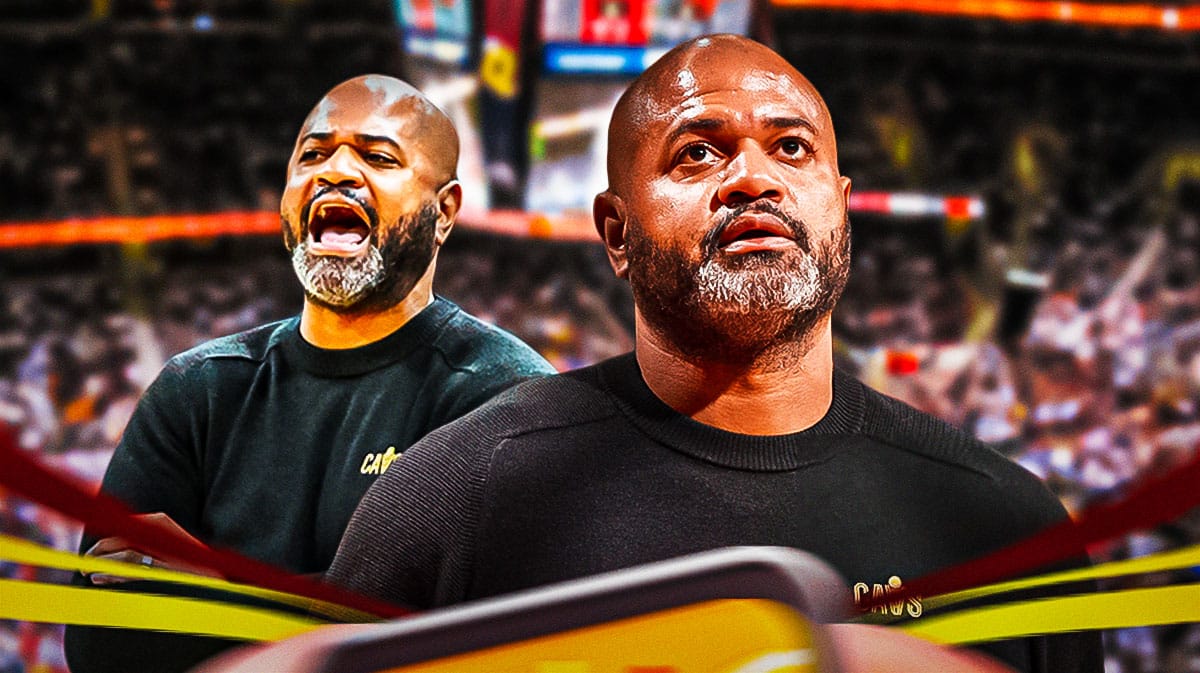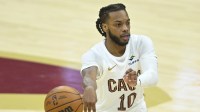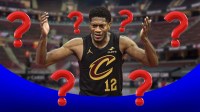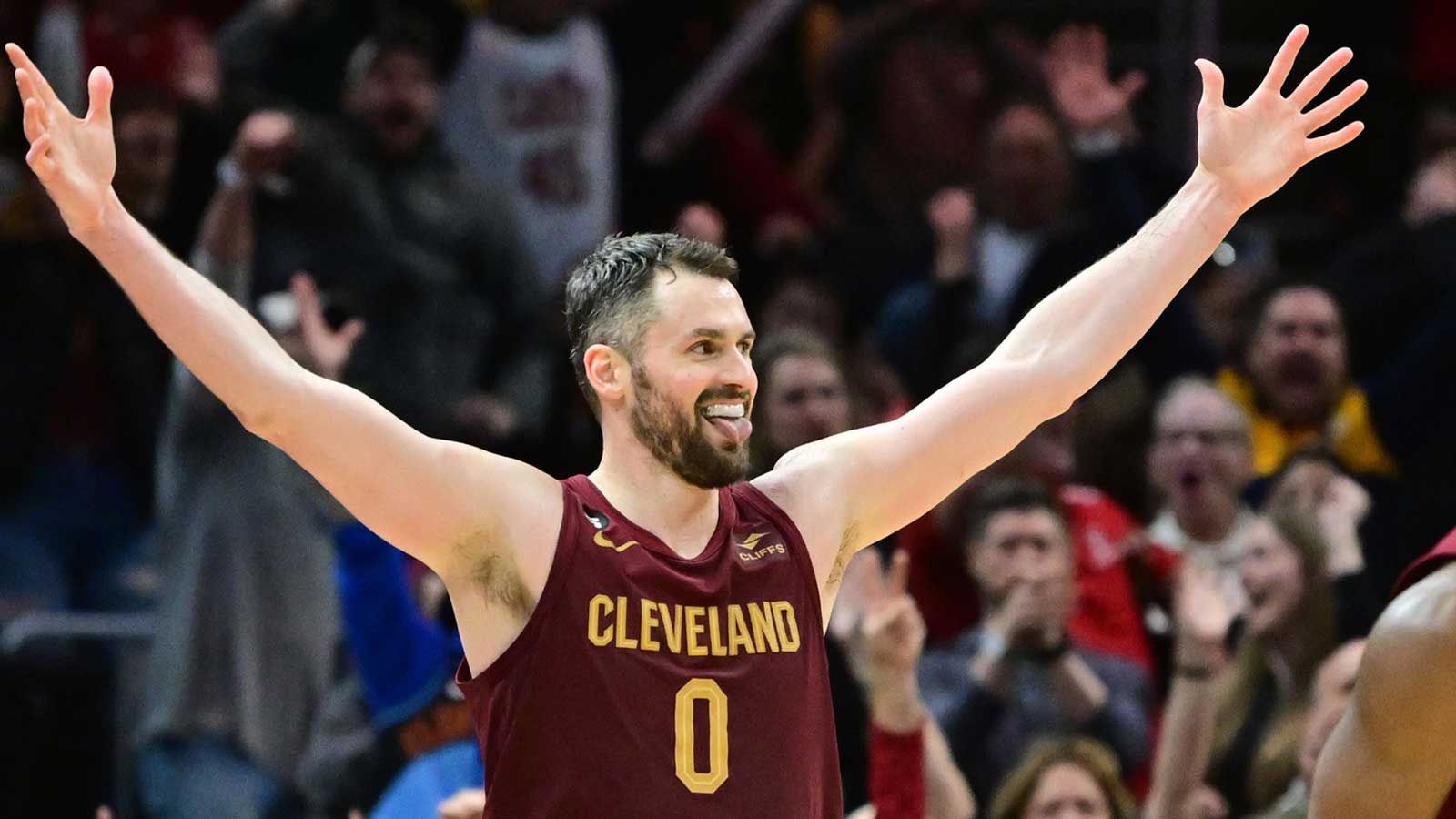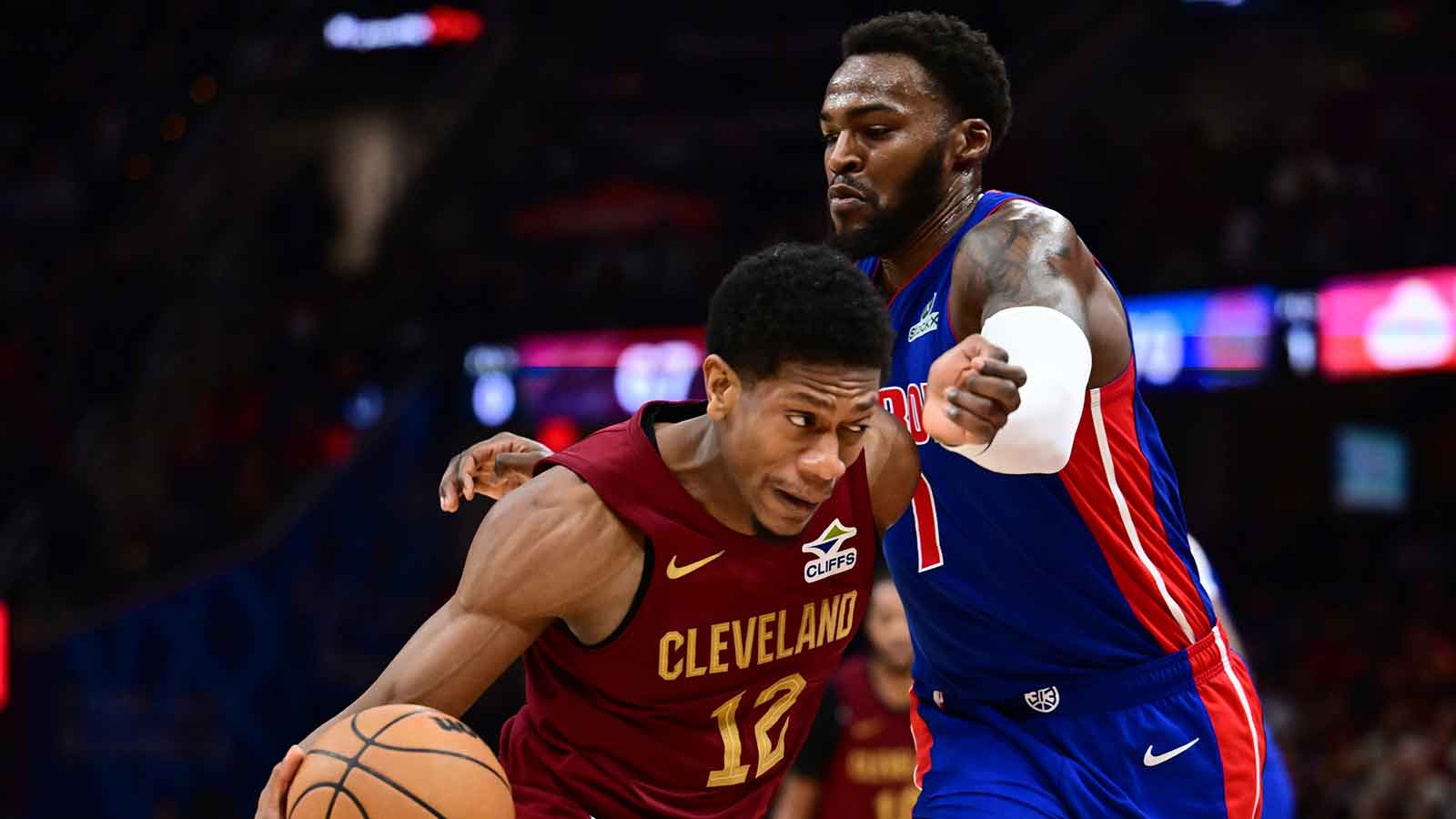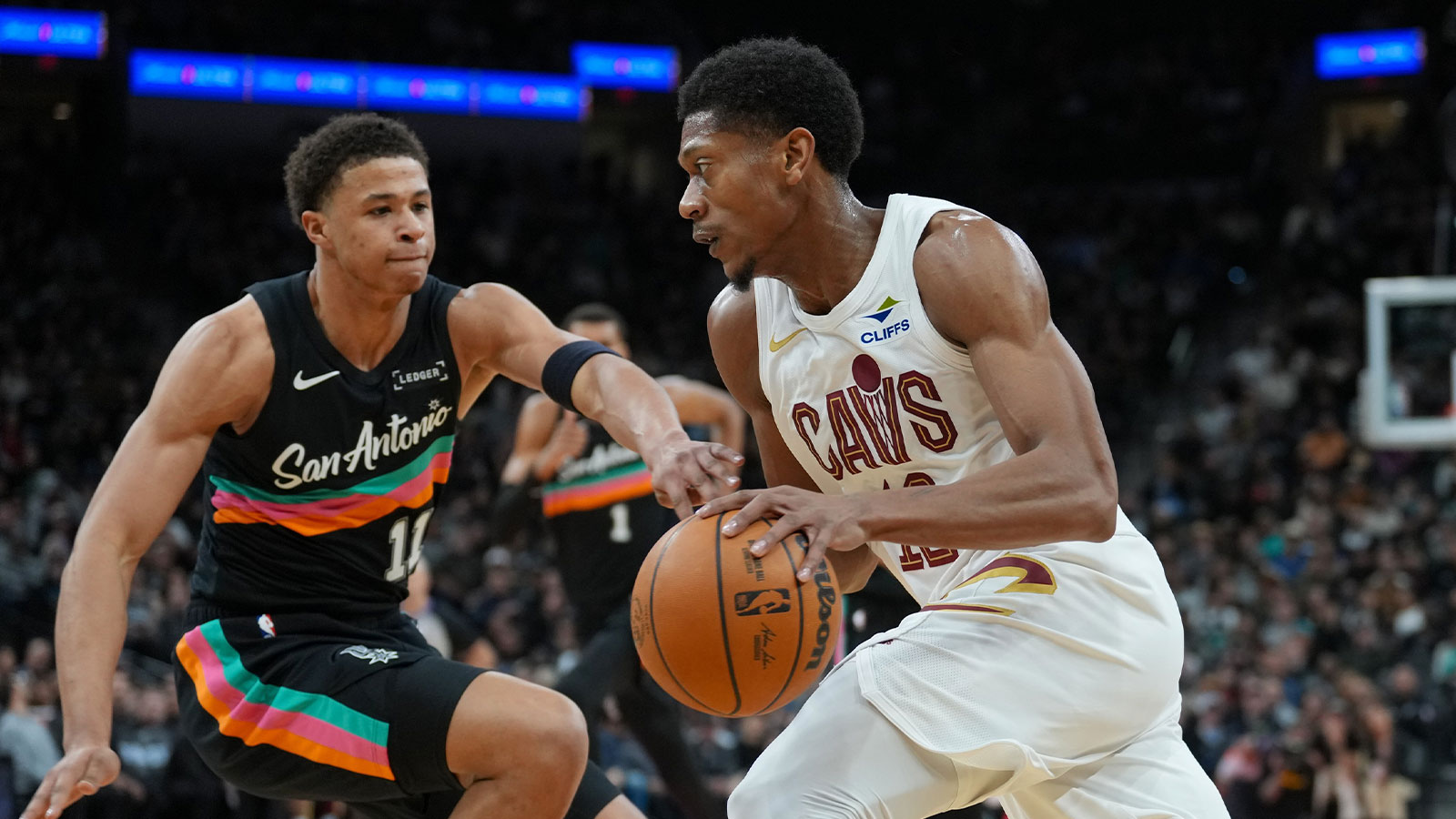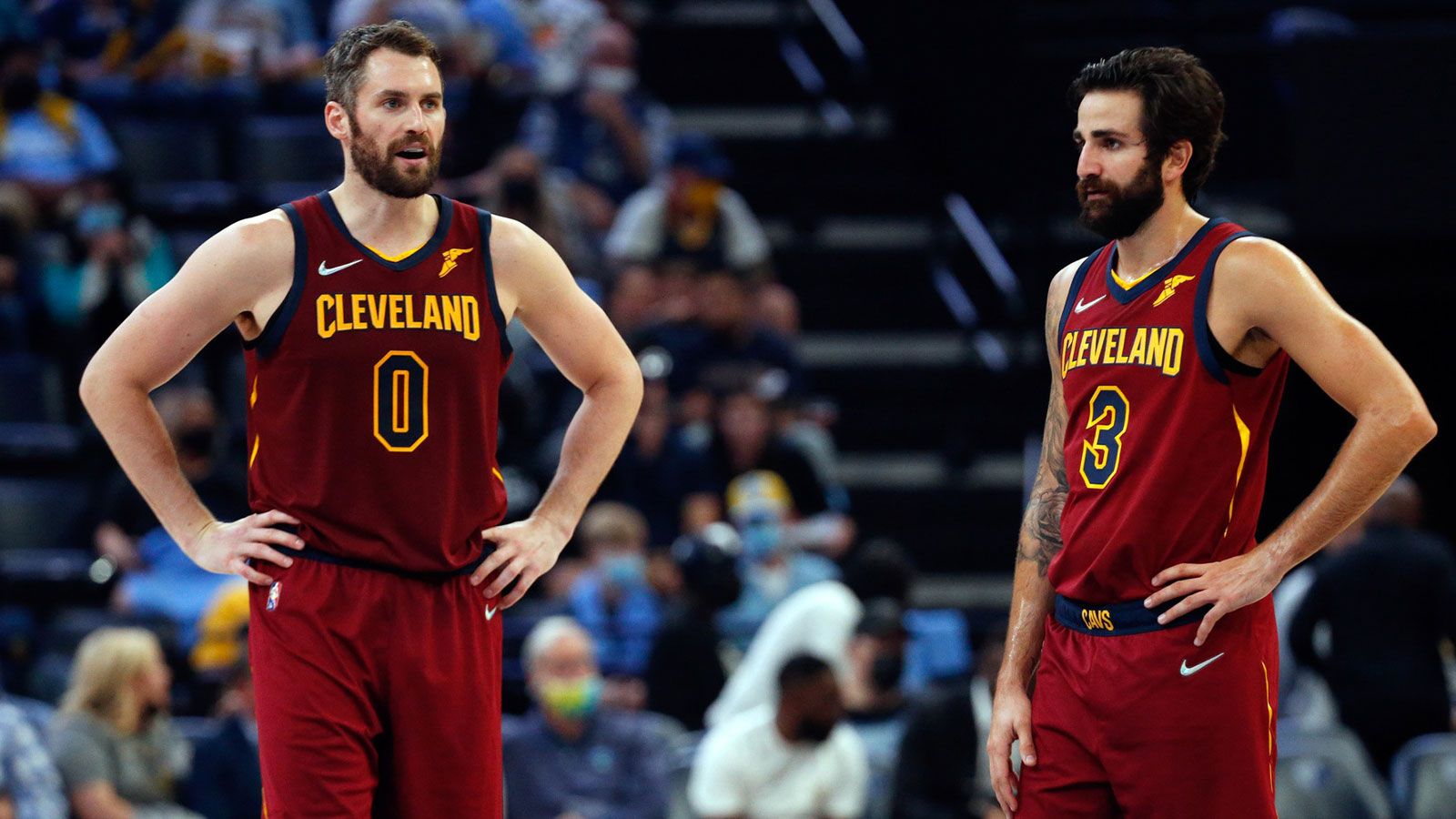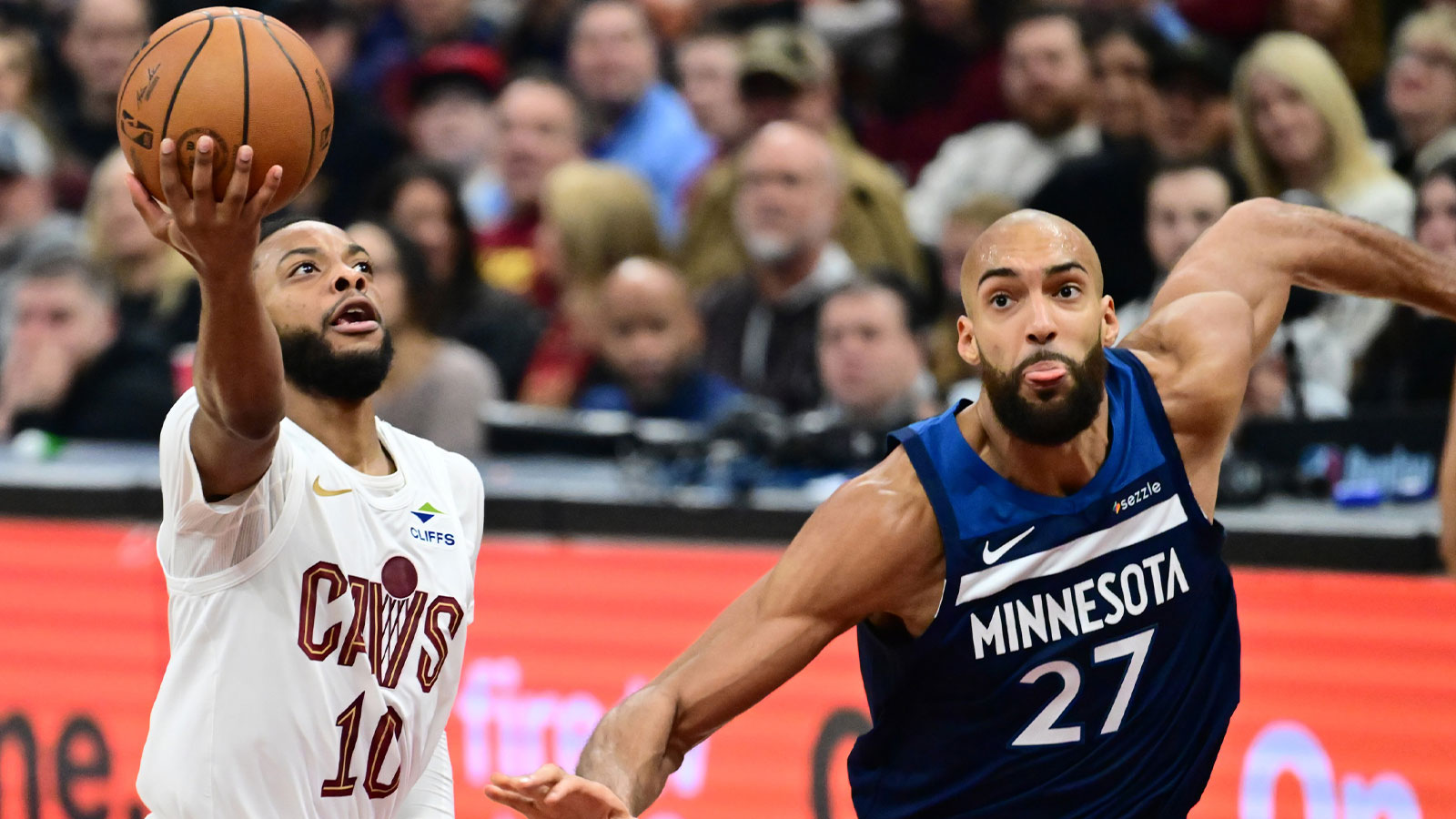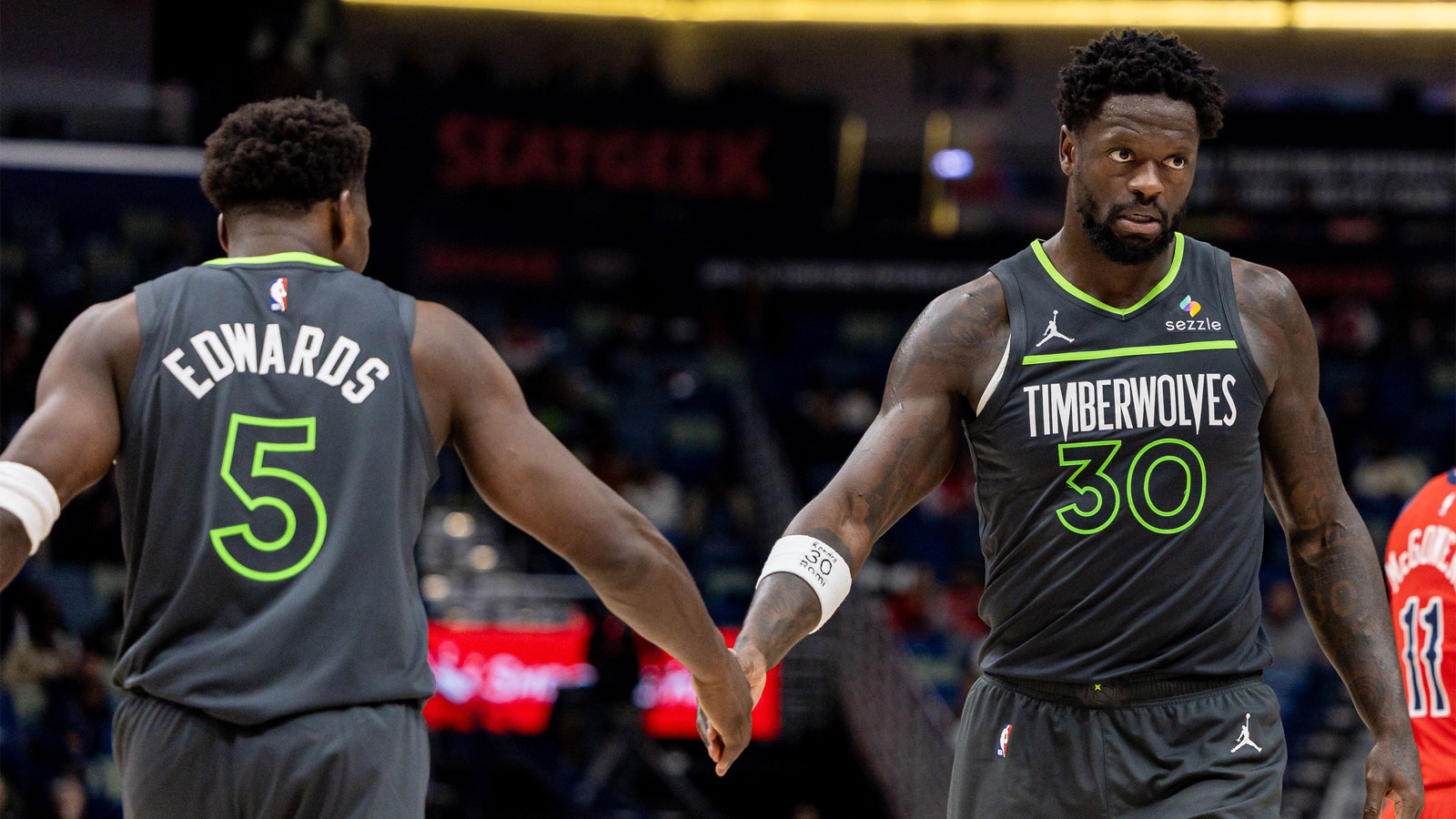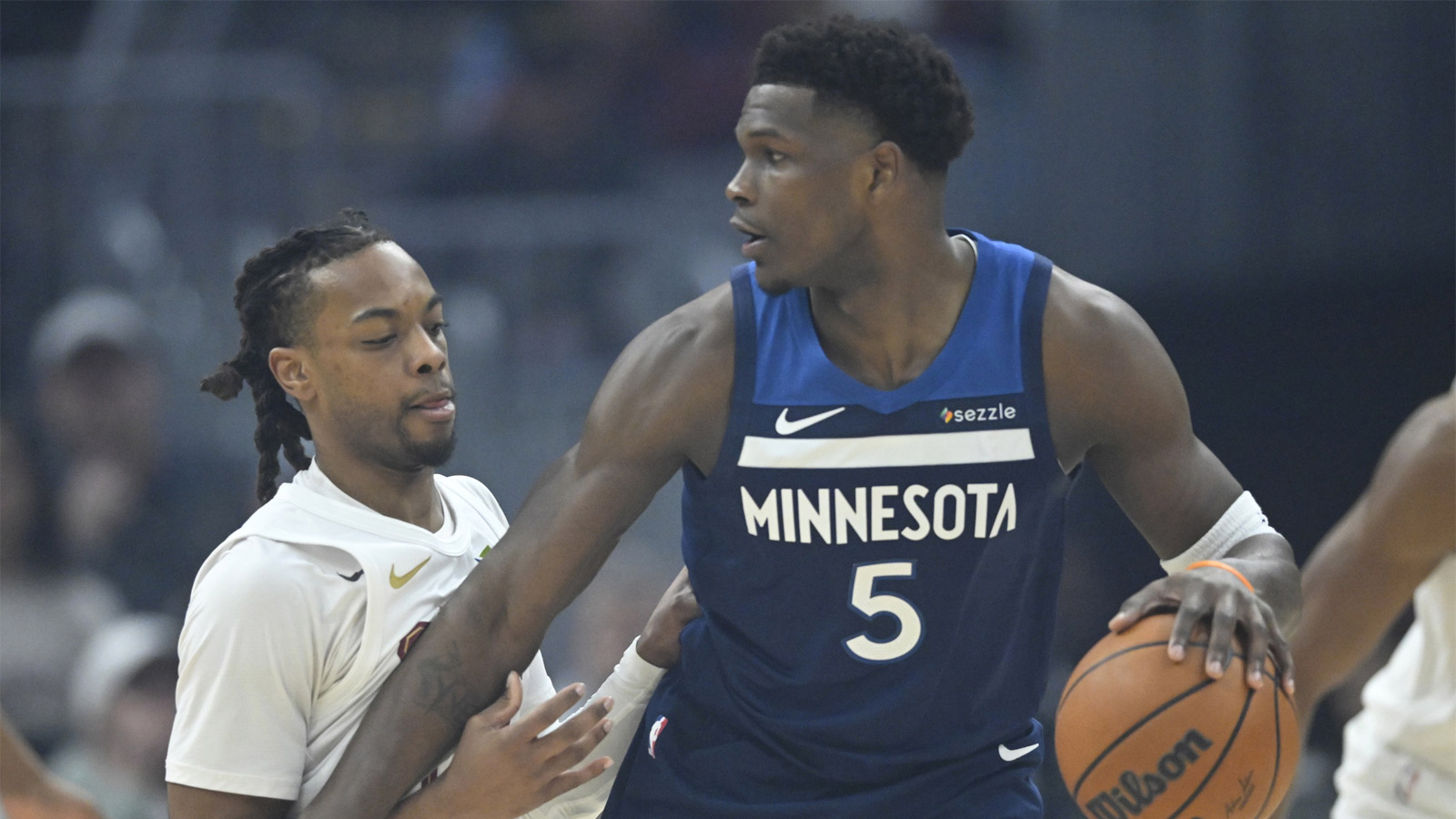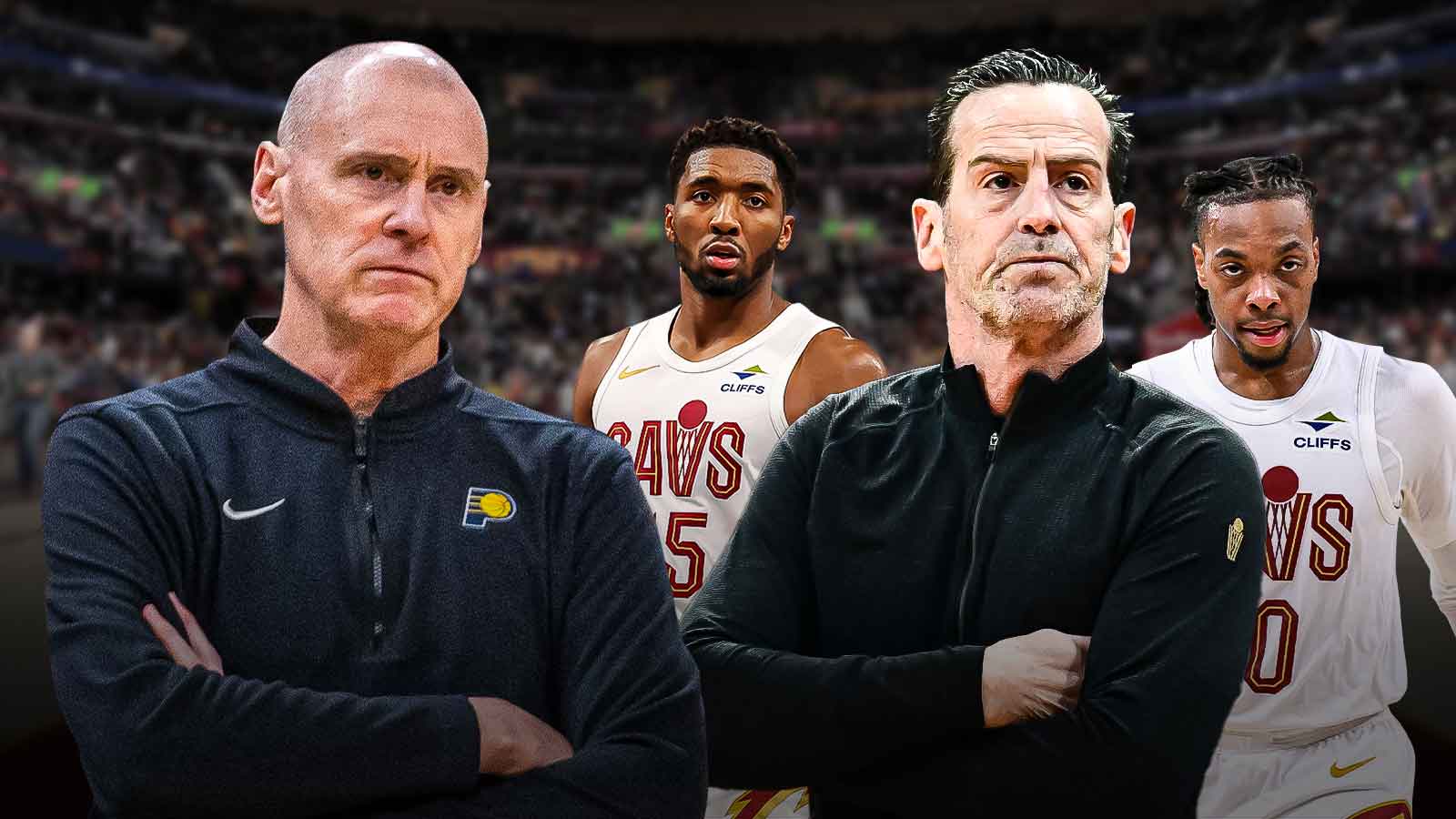Sometimes, the NBA isn't just a league where owners and executives ask, “What have you done for me lately?” when evaluating head coaches. Instead, despite when a team like the Cleveland Cavaliers is bounced in the Eastern Conference Semifinals against the Boston Celtics, everything that has happened during J.B. Bickerstaff's nearly six years at the helm has to be taken into consideration, especially with where the franchise is headed, with or without Donovan Mitchell.
Sure, there's a lot of frustration and finger-pointing once a season ends, with the head coach drawing most of the blame. But after so long on the job and despite the continued success from Eastern Conference bottom feeder to the play-in tournament to two playoff appearances, it feels like the Cavs have plateaued under Bickerstaff's guidance. That's why it shouldn't have come as a major surprise when the news broke Thursday that the Cavs had parted ways with Bickerstaff as their head coach despite winning their first playoff series without LeBron James in 31 years.
Why the Cavs fired J.B. Bickerstaff
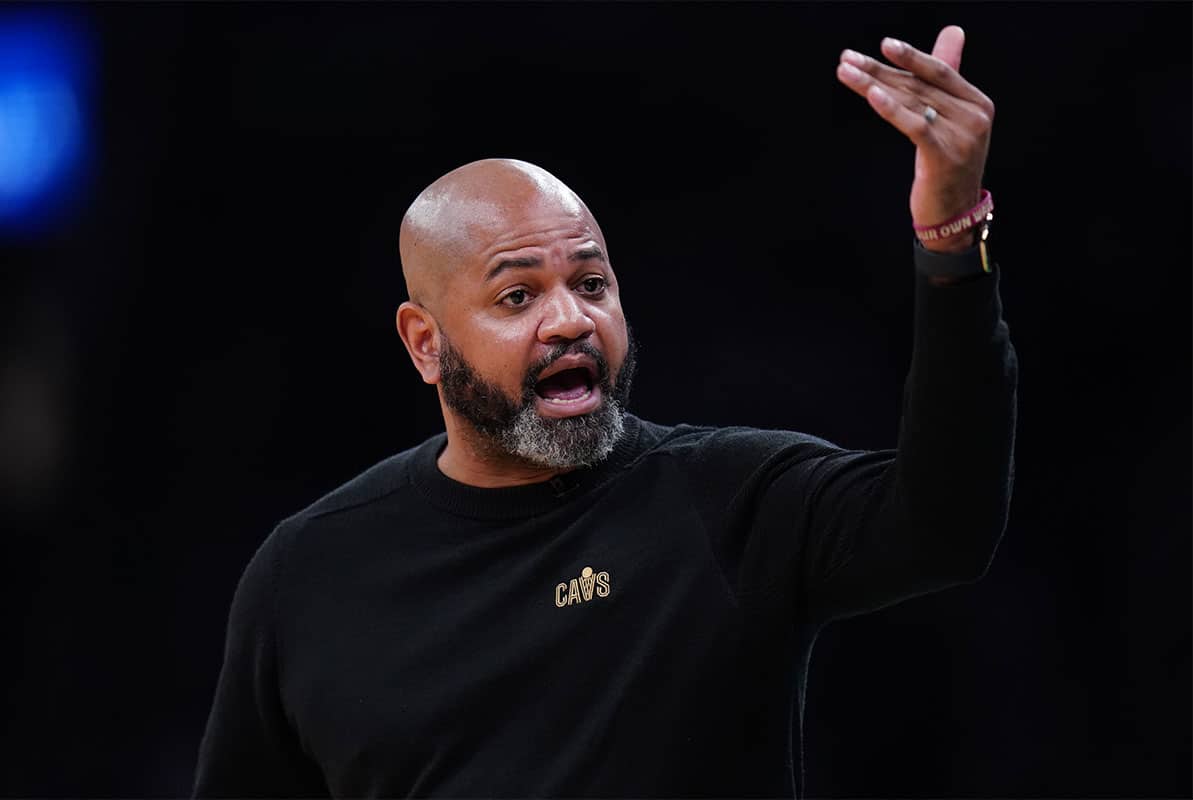
At first, J.B. Bickerstaff was initially viewed as the succession plan and a somewhat permanent solution after John Beilein stepped down. That view was emboldened after Bickerstaff and Cleveland agreed to a contract extension that lasted until the 2026-27 season. Under Bickerstaff, the Cavs consistently graded out as one of the NBA's best defensive teams due to his scheming fearsome defensive personnel like Jarrett Allen, Evan Mobley, and Isaac Okoro.
But despite the defensive success and support from ownership, the Cavs have consistently struggled to find an offensive identity under Bickerstaff. At times, they became too reliant on either Darius Garland or Donovan Mitchell carrying the entirety of the offense, with opposing defenses settling in and flustering them, forcing other players to try and step up and support them.
Adding three-point shooting threats like Max Strus, Sam Merrill, and Georges Niang to the mix made this approach slightly palatable. But if any of Cleveland's shooting threats ever cooled off, the Cavs would start to flounder, forcing shots and expending energy to try and keep even with an opponent.
Sometimes, that turns games into a defensive grind, eventually feeling like a fool's errand. If an opponent ever finds their groove from a brief lapse, exploiting the energy that Cleveland expends forcing shots on offense, it could blow open a lead, forcing the Cavs to claw their way back into the game, burning themselves out by the time the final buzzer sounded, win or lose.
The scratching and clawing didn't happen all the time since Cleveland did have several blowout victories and hot streaks under Bickerstaff. Unfortunately, it always seemed to come at the most inopportune time for the Cavs, right after the All-Star break and just before the start of the playoffs. It would leave Cleveland looking gassed and turning high-stakes matchups into struggles where their bad offensive habits would come back to haunt them.
Furthermore, soon after the Cavs' postseason exit against the Celtics, reports surfaced about disconnect in the locker room about how Bickerstaff coached the team and the offense. Those issues involved Mitchell's apparent lack of full confidence in the coach, so it's no surprise that the decision was made to let Bickerstaff go after all that tea was spilled.
Despite his flaws during his time with the Cavs, Bickerstaff still deserves credit since he helped grow and develop this team into what it is today. But with the organization at a possible crossroads regarding its future with Mitchell, it seemed like the best course of action for Cleveland to begin searching for a new presence at head coach that can transform them from an up-and-coming NBA Playoff hopeful to an actual, legitimate NBA Playoff contender.

